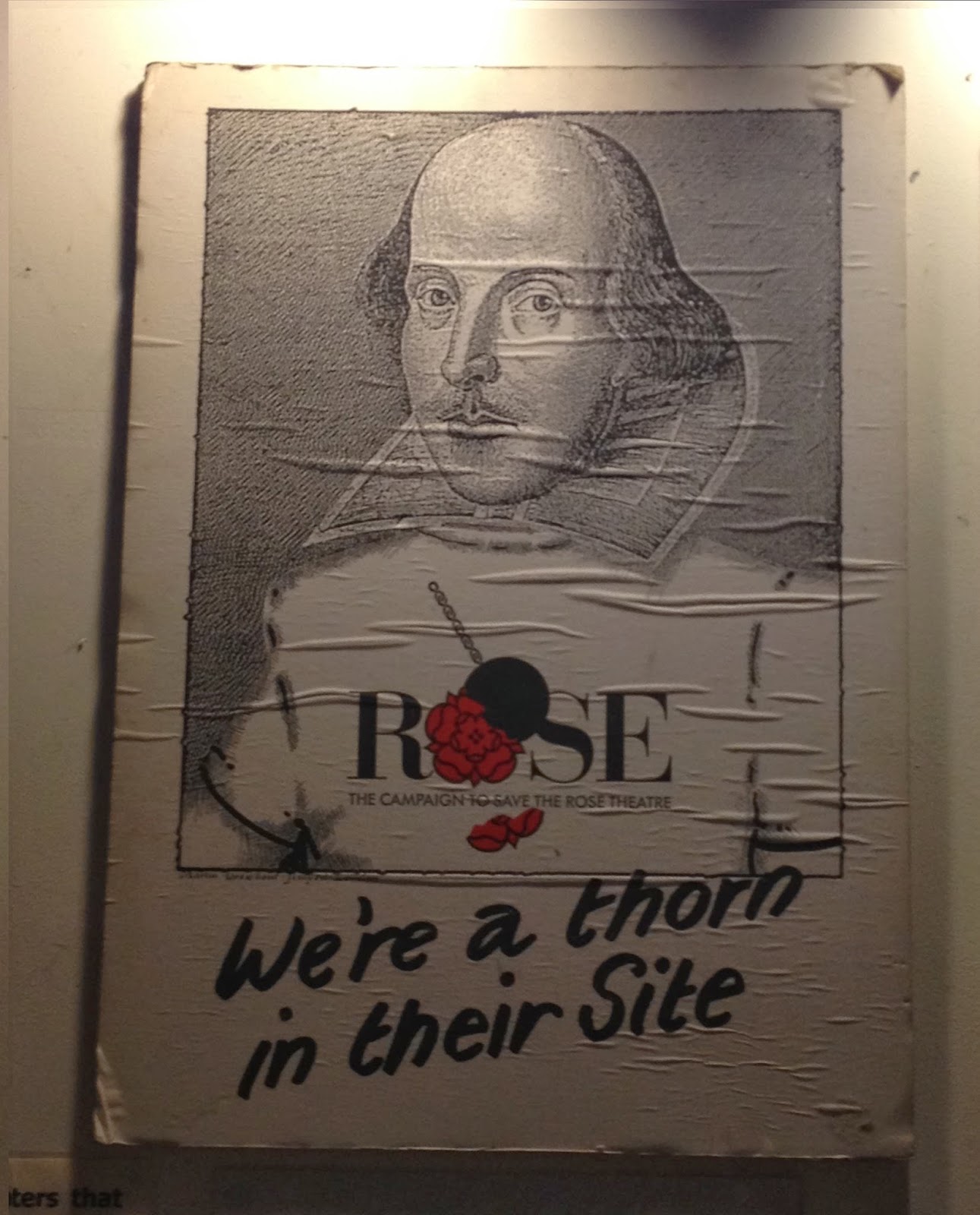What's the case about?
In 1989, developers were given permission to redevelop an office block adjacent to Southwark Bridge. Before the foundations of the new building had been laid, a team of archaelogists uncovered the remains of the Rose Theatre, Bankside's first theatre. The Rose was built in 1587 and staged productions by Shakespeare and Christopher Marlowe.
The developers were planning to build over the site in a matter of weeks but a group of interested archaeologists and actors argued that it should be preserved for the nation. They formed a company, the Rose Theatre Trust, in order to campaign for the site's preservation. The Rose Theatre Trust applied to the Secretary of State for the Environment for the site to be scheduled as an ancient monument, which would have made interfering with the remains (and presumably continuing with the development) a criminal offence. The application was refused. The Rose Theatre Trust applied to the High Court for a judicial review, arguing that the Secretary of State's decision was unlawful and should be quashed.
Where is it on the map?
At point Y.
Who won?
The Secretary of State won: the judge found that he had not acted unlawfully.
Even worse for the Rose Theatre Trust, the judge found that they did not have a sufficient interest in the site to allow them to bring a claim anyway. So even if the Secretary of State had acted unlawfully, the judge would not have quashed the decision on the application of the Rose Theatre Trust.
What's the principle of law?
A judicial review is an application to a court to overturn a public decision of an official body. Only applicants who have a sufficient interest (sometimes referred to as 'standing' or 'locus standi') in the decision are able to apply for judicial review. The judge held that the Rose Theatre campaigners, as individuals, did not have a sufficient interest in the decision - and that they could not gain a sufficient interest simply by banding together to form a pressure group or even a company like the Rose Theatre Trust.
The judge based his reasoning on the judgment of the House of Lords in the Fleet Street casuals case (IRC v National Federation of Self-Employed and
Small Businesses Ltd [1982] AC 617), where a group of self employed people (the National Federation of Self-Employed and Small Businesses) failed to secure a judicial review of way the Inland Revenue had handled the tax affairs of another group of self employed people (the Fleet Street casuals).
What's it like today?
The public outcry over the Rose Theatre is often cited as the reason why, in November 1990, the government published new guidance as to when sites of national interest should be designated as scheduled monuments. The Rose Theatre was finally listed as a scheduled monument in February 1992.
One of the reasons that the Secretary of State gave for refusing the application to schedule the site as an ancient monument was that the developer was cooperating with the archaeologists and the Rose Theatre Trust. For example, the developer altered the design of the offices so that the remains of the Rose Theatre could be protected and preserved.
The office block that towers over the Rose Theatre today is
home to a number of government agencies, including the Crown Prosecution
Service and the Health and Safety Executive.
A reconstruction of the Rose Theatre features in the film 'Shakespeare in Love'.
It is possible to visit the Rose Theatre today, watch a video about its history (narrated by Sir Ian McKellen) and enjoy plays performed on site. Posters and other objects from the 'Save the Rose' campaign are on display too:
The Rose Theatre Trust are currently fundraising to create an enhanced visitor centre and performance space. You can donate here.




No comments:
Post a Comment